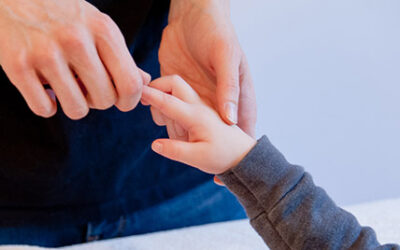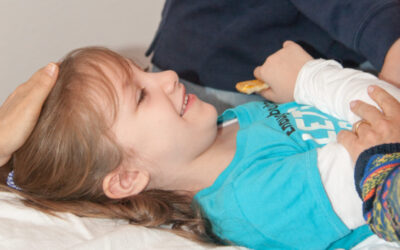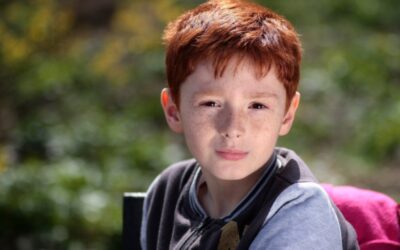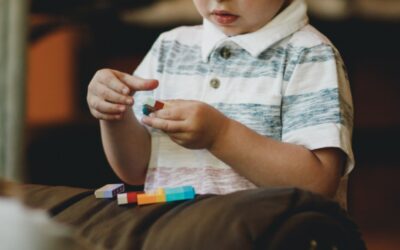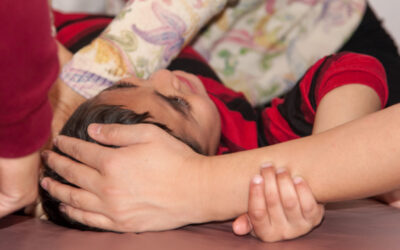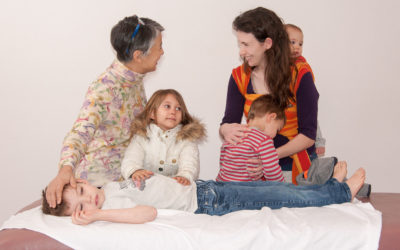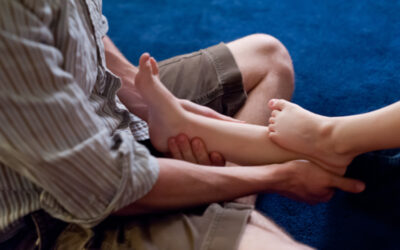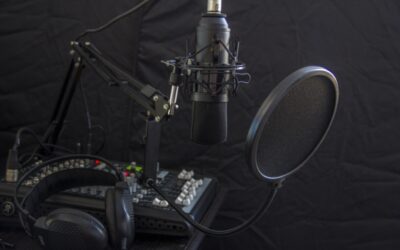News and Research
Washington Families Magazine Publishes Article on QST Massage
A feature story written by two QST therapists, JoAnn Kennedy and Orit Tal-Atzili, was published this week in Washington Families magazine, a publication that serves the DC metro area. The article, A Chinese Medicine Approach to Sensory Processing Disorders in Children...
Study of Qigong Massage on Elementary School Aged Children with Autism Shows Promising Results
Our article investigating the results of QST massage in older children with ASD has been published! The one-year study showed that, as compared with children aged 3-6 yrs, children aged 6-12 yrs had comparable improvements in sensory problems, behavior and severity of...
Two-Year Study Results Published
Our latest research. One and Two-year Outcomes of Treating Preschool Children with Autism with a Qigong Massage Protocol: An Observational Follow-along Study, was published in the Journal of Alternative and Integrative Medicine in July 2016. [Note: The movement chart...
Skin Biopsies in Autistic Children Find Cause for Touch Avoidance
Ever since autism was first described in 1943, we have known that children don’t respond normally to affectionate touch; they do not seek it out and, in fact, they usually avoid it. We know that children have difficulty with other kinds of touch, too. For example,...
Dr. Silva Presents at International Conference in Barcelona
Dr. Silva was in Barcelona, Spain, last week to present our research at Copedia 2016, a conference of pediatric medical professionals. Her presentations were: Controversies in Pediatrics, Barcelona, Spain, April 2, 2016. “Two-year outcomes of treating tactile loss in...
Parent Writes about her Experience with QST Massage in Autism Parenting Magazine
Parent Sazini Nzula was so impressed by QST massage that she became certified as a therapist. Read her article 5 Top Reasons Qigong May be Right for Your Special Needs Child on the Autism Parenting website.
British Magazine Autism Eye Publishes Article on QST Massage
The article in Autism Eye contains the latest information on QST massage. Read it here or by visiting Austism Eye magazine (for a limited time).
Research: More Evidence of Loss of the Sense of Touch
To deepen our understanding of the difficulties with touch affecting children with ASD, we examined children's responses to touch on the face, hands and other areas. Touch is the sense that initiates social development in early life. It is touch on the face that...
QST Therapist, Sazini Nzula, Interviewed on the Radio
Radio interview with a QST therapist, Sazini Nzula, October 2015, Barry Morgan Show on CJAD in Montreal, Canada. https://youtu.be/2rB3o4FROQI
QST Massage Presented at Autism Cares Conference
Therapist and researcher Kris Gabrielson presented findings at the 2015 Autism Cares conference. Read about it here.

